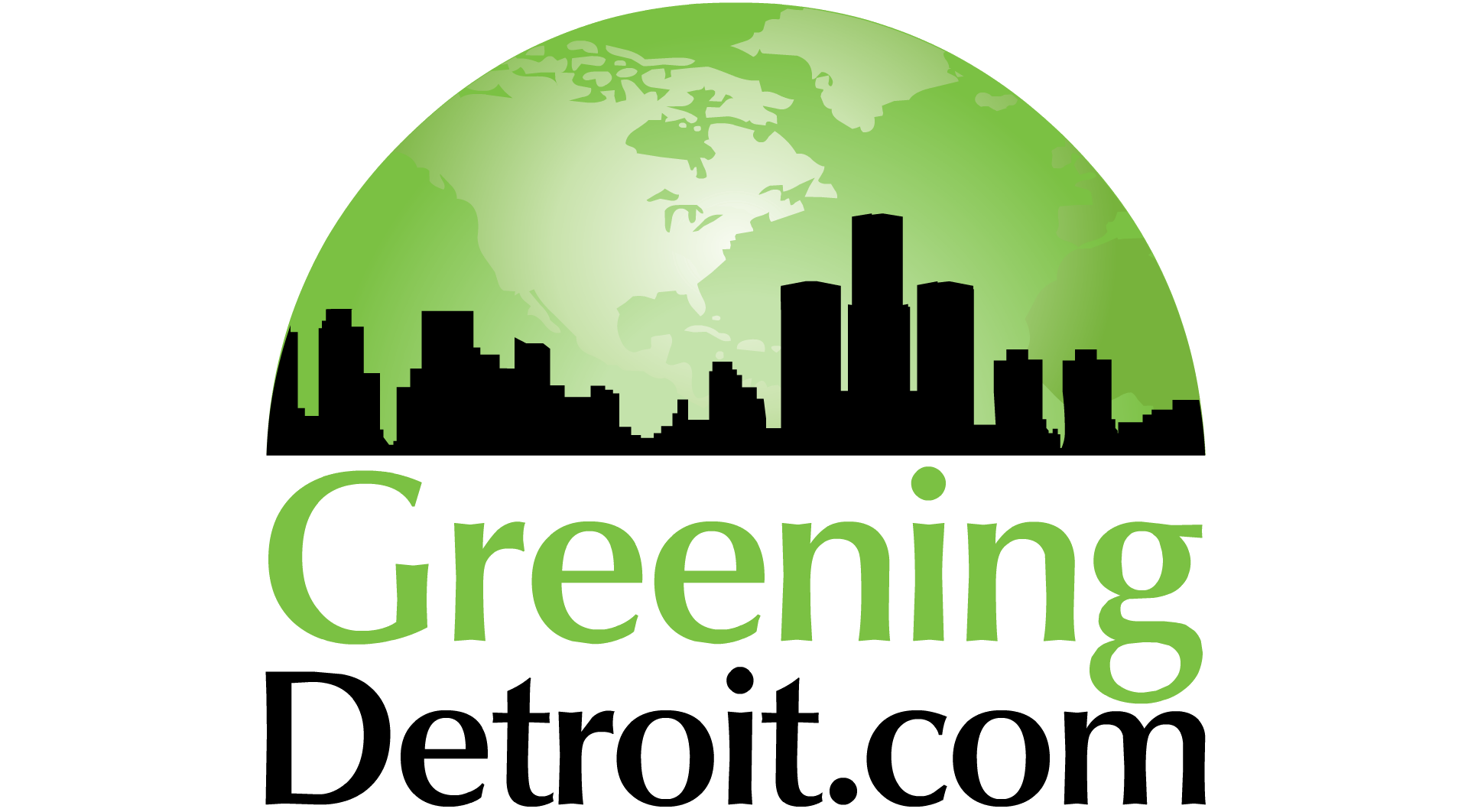 More than 160 refrigerants are maintained under ASHRAEs refrigerant classification standard, and that list continues to grow as the industrys need for new refrigerants increases.
More than 160 refrigerants are maintained under ASHRAEs refrigerant classification standard, and that list continues to grow as the industrys need for new refrigerants increases.A review of the new classes of lower global-warming potential (GWP) refrigerants within the context of legacy refrigerants and the forces that drive the development of new refrigerants is the focus of a new educational course from ASHRAE Learning Institute (ALI).
The course is being introduced at the ASHRAE 2017 Winter Conference, Jan. 28-Feb. 1, at Caesars Palace, Las Vegas, with ASHRAE co-sponsored AHR Expo being held Jan. 30-Feb. 1 at the Las Vegas Convention Center.
ASHRAE-Classified Refrigerants to Meet Societys Changing Needs takes place Jan. 29. It is offered by ALI as one of 20 courses at the Conference. For more information or to register, visit www.ashrae.org/lasvegascourses.
ANSI/ASHRAE Standard 34, Designation and Safety Classification of Refrigerants, maintains a list of refrigerants with a standardized system of assigned refrigerant numbers and well-defined safety classifications, including toxicity and flammability ratings. This ever growing list of refrigerants currently includes 161 chemicals and chemical blends that have been proposed for use as refrigerants.
There has long been use of flammable and toxic materials as refrigerants, such as propane and ammonia, but their use has been restricted to appropriately designed industrial systems, as prescribed in ANSI/ASHRAE Standard 15, Safety Standard for Refrigeration Systems, and other safe use guidelines, Thomas Leck, Ph.D., course instructor, said. Currently, concern about global climate change is driving the cooling industry to consider new classes of chemicals to be used as refrigerants. With the new chemicals are new safety classifications for flammability, including Class 2L.
Leck is a chemist who spent the majority of his working career with the DuPont and Chemours companies.
The course explains how the changing needs of society are creating requirements for new refrigerants to be developed and used. The course also explains the new safety classifications that are being proposed and some of the ramifications of these new classifications.
The refrigerant industry, more than any other industries, has been driven by changing needs and understanding of environmental and product safety issues, Leck said. Parties who are passionate about issues such as stratospheric ozone protection and global climate change have influenced manufacturers and regulators to create new products and new regulations around properties of refrigerants and how those refrigerants can be used. Sometimes there are consequences and compromises that must be considered. This short course attempts to explain some of these issues and how the resulting changes impact the cooling industry and people who work in this industry.
ASHRAE, founded in 1894, is a global society advancing human well-being through sustainable technology for the built environment. The Society and its more than 56,000 members worldwide focus on building systems, energy efficiency, indoor air quality, refrigeration and sustainability. Through research, standards writing, publishing, certification and continuing education, ASHRAE shapes tomorrows built environment today. More information can be found at www.ashrae.org/news.


